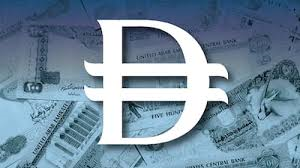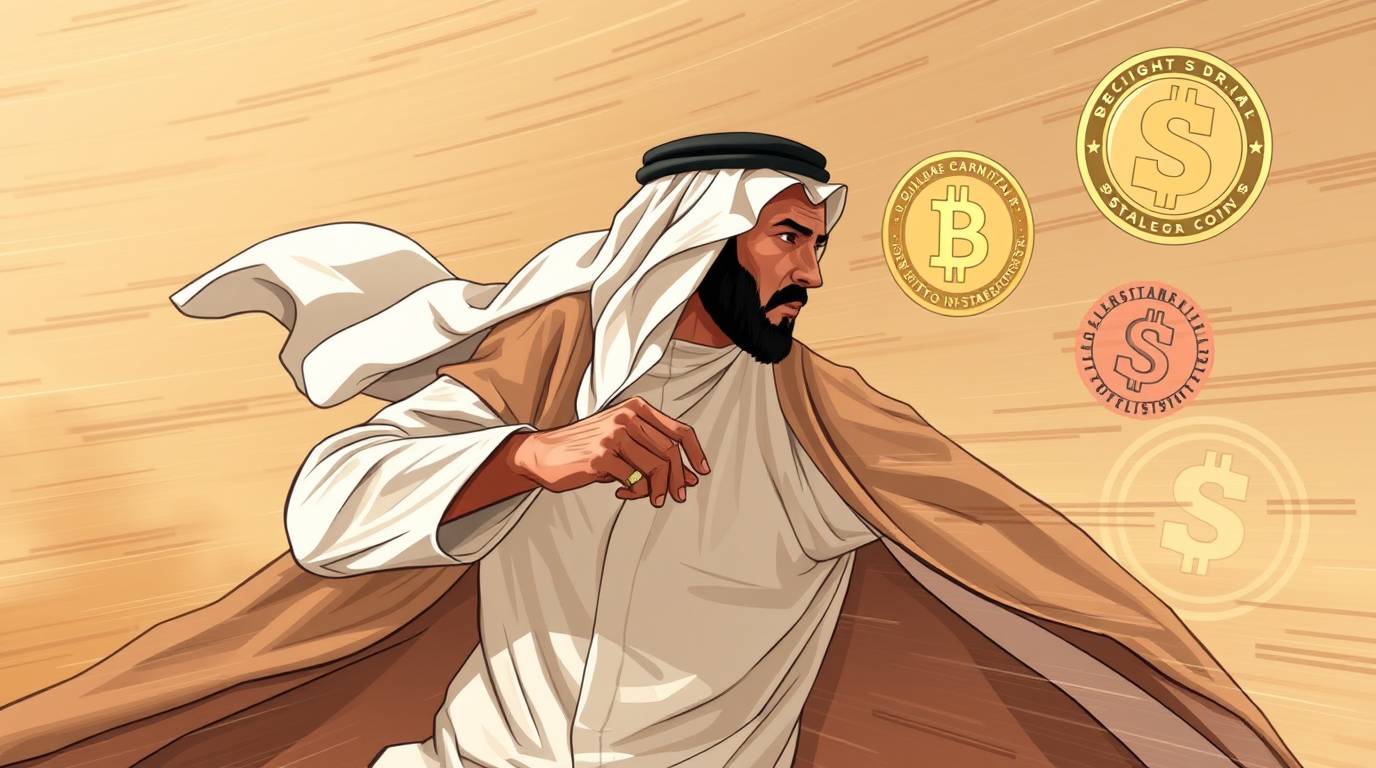- Create a regulated, dirham backed stablecoin to facilitate secure, transparent, and efficient digital transactions across the UAE and in international markets.
- Improve financial infrastructure by harnessing blockchain technology to underpin cross border payments, institutional finance, and Web3 innovation.
- Make Abu Dhabi a digital finance hub in the MENA region via public private collaboration and coordination with national monetary policy.
Mission OF Stablecoin
Abu Dhabi’s sovereign wealth fund ADQ, the United Arab Emirate’s largest bank, First Abu Dhabi Bank (FAB), and the massive conglomerate the International Holding Company, have partnered to launch the stablecoin, pending regulatory approval, the three companies said on April 28.
The trio said the stablecoin would be regulated by the UAE’s central bank and backed by the country’s currency, the dirham. It will also support use cases such as machine to machine and artificial intelligence.
The aim is to position the UAE in the “vanguard of global blockchain innovation,” as well as reinforce the digital infrastructure, ADQ says.
Subject to regulatory approval, the new stablecoin will run on the ADI blockchain, developed by the ADI Foundation, a charitable organization committed to enabling mature financial systems and governments to progress and implement blockchain technology.
Established in 2018, ADQ is a sovereign wealth fund focused on critical infrastructure and global supply chains. Meanwhile, IHC is one of the UAE’s largest investment firms and conglomerates with a market value of over $243 billion that has ties to the ruling family of Abu Dhabi, the country’s capital.
FAB is the UAE’s largest bank, established in 2017 with a merger of First Gulf Bank and National Bank of Abu Dhabi.
A Competitive Edge in the Global Stablecoin Race
While the US dollar continues to dominate the stablecoin market through incumbents like USDC and USDT, regional players are beginning to carve out niches. Abu Dhabi’s offering, however, is expected to be the first institution grade, dirham pegged stablecoin with regulated, multi sector backing.

The Gulf region is well placed to bridge the worlds of traditional and digital finance,” said Sara Al Amiri, a senior government official with knowledge of the project. “By pegging a stablecoin to the dirham, we’re providing institutions, fintechs, and even governments with a reliable on chain asset that mirrors the UAE’s financial integrity.
The Road Ahead
The pilot launch is planned for Q3 2025, with B2B cross border settlements between UAE and significant trading partners like India, Singapore, and Saudi Arabia in mind. Tokenized securities and real estate use cases are also on the table.
If successful, the dirham stablecoin has the potential to redefine not just how value moves across borders but also how the UAE asserts financial leadership in the digital era.
As Gulf economies diversify beyond hydrocarbons, a blockchain native dirham may well become a cornerstone of Abu Dhabi’s financial strategy for decades to come.
Also Read : Russian Ruble Stablecoin: 7 Key Features Similar to Tether



